Crops for honey production
The best thing about honey production is with a little help; bees continuously work their hives to produce fresh honey. This means between maintenance and harvesting you can focus your efforts elsewhere. It is of course not that simple, honey bees have become under threat under a whole range of progressive issues. Pesticides, habitat loss, pathogens, invasive species and extreme weather have all led to a decline in their numbers and subsequent production levels.
With agricultural policies leaning towards offsetting carbon and boosting biodiversity we could be at the beginning a new era. Farms of tomorrow will be subsidised for their ability to boost pollinators and stack multiple functions. Boosting biodiversity and producing worthwhile crops is possible, if an ecological approach is taken.
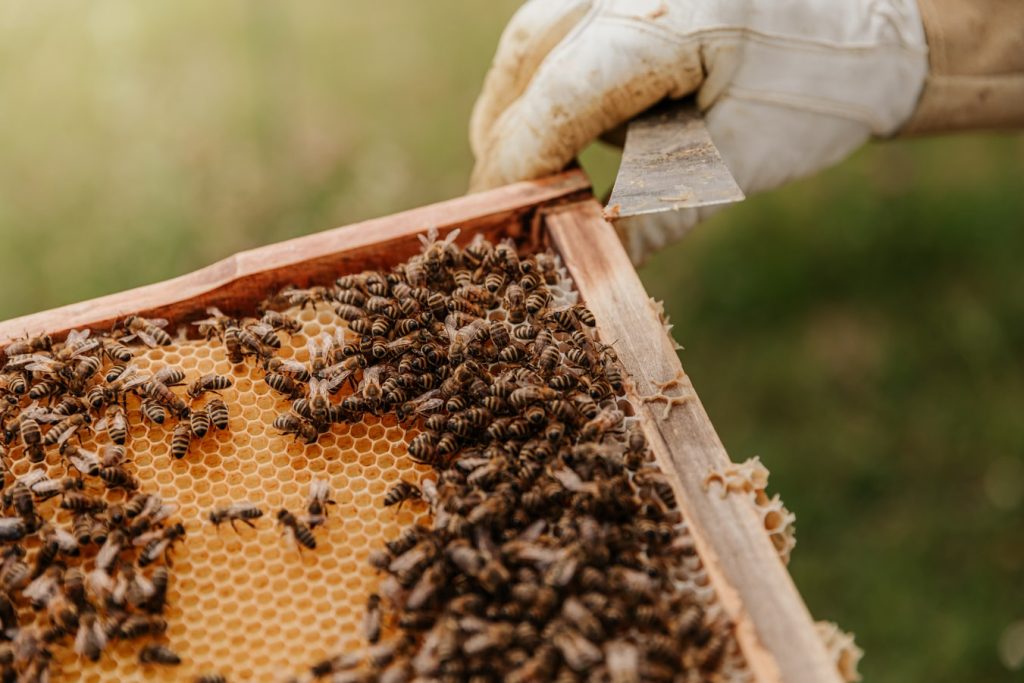
One of the most exciting things about bee keeping is honey acquires its individual taste from local flora. This can give a particular honey a contextual taste based on local habitats or agricultural crops. This adds much added value which is impossible to mass produce on a large scale. In the mountain valleys of Crete, Thyme honey is highly valued for its rich aroma. This aroma is a result of foraging pollen and nectar from pungent wild, mountain, thyme.
Similarly in the untouched Bialowieza medieval Forest in Poland honey from ancient lime trees is delicious and highly sort after.
Therefore every farmer or self sufficient homesteader should be asking themselves, what crops are good for honey production? What crops will provide me with income or food and provide good quality honey at the same time? Hence we have put together a list of the best 38 crops for honey production below.
Rapeseed
Rapeseed is grown extensively for the production of rape seed oil. In summer its yellow flowers can turn huge swathes of the countryside a radiant yellow hue. Rapeseed is also a good soil stabiliser and makes excellent winter fodder for animal feed. Bees absolutely love to feed on the clusters of flowers.
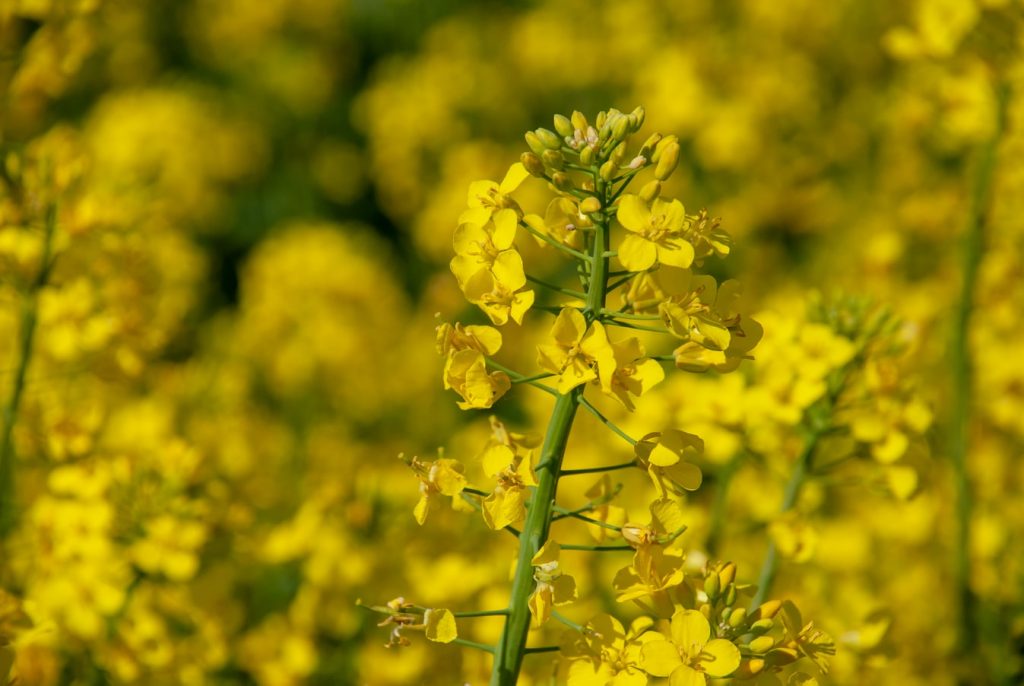
Rosemary
Rosemary is a popular herb used in kitchen cooking worldwide. This small evergreen shrub produces fresh, aromatic sprigs all year round! The attractive kitchen favourite can also be utilised as hedging stock and within a flower border. Its seasonal, purple blooms are adored by bees!
Thyme
Thyme is a wide ranging, useful and attractive herb. Its tolerance to drought tolerant conditions and attractive carpet forming habit has also made it a popular, landscaping plant. The low growing herb is great to season meats as well as a whole range of culinary pursuits. Its flowers are adored by bees which await its small flowers every summer.
Lavender
There is no denying lavender is a true favourite of gardeners and local bees alike. With its drought tolerance, feathery foliage, blooms and dreamy aroma it is effective both aesthetically and functionally. Commercial lavender production is also extremely profitable being utilised to fragrance numerous products.
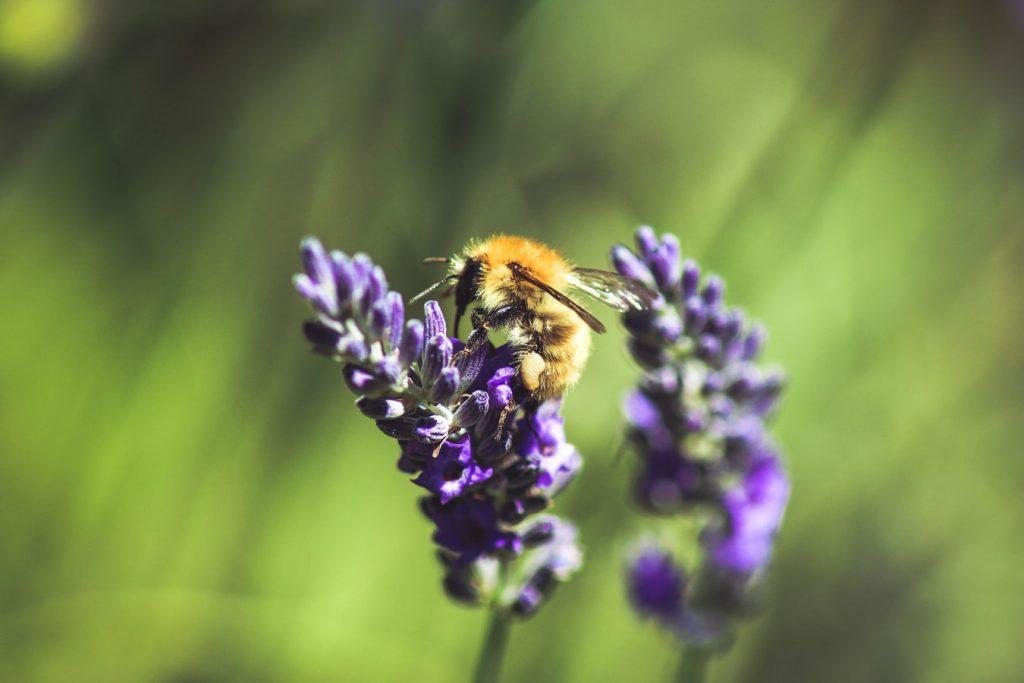
Fennel
Fennel is a resilient Mediterranean, perennial herb which has attractive, airy foliage and large, yellow flower heads. These are absolutely adored by bees and solitary bees in particular. The seeds and leaves of this plant can be used in cooking and flavourings. Fennel attracts the larvae of many beneficial wasps and beetles which prey on pests.
Oregano
Oregano is a favourite crop of the Mediterranean and particularly loved in Italy, Greece and Turkey. This perennial herb comes in many aroma potencies depending on its specific locality. Commonly used as a flavouring on pizza dishes it is always in high demand! The small clusters of flowers are covered in bees during the summer months.
Sunflowers
Sunflowers are easy to grow and truly magnificent when they are in flower. Some varieties can easily get up to ten foot tall and come in a wide range of colours and varieties. Their large flowers are enthusiastically awaited by bees every growing season. These are highly valued for their seeds which can be made into sunflower or sold as bird feed.
Almonds
Almonds are a luxury crop and one which originally comes from the Middle East. Do not be put off by their association with hot climates as there are many, hardy varieties available. As long as you have a well drained, sunny site these can thrive in temperate climates. The early spring flowers are a life line for bees emerging from winter hibernation.
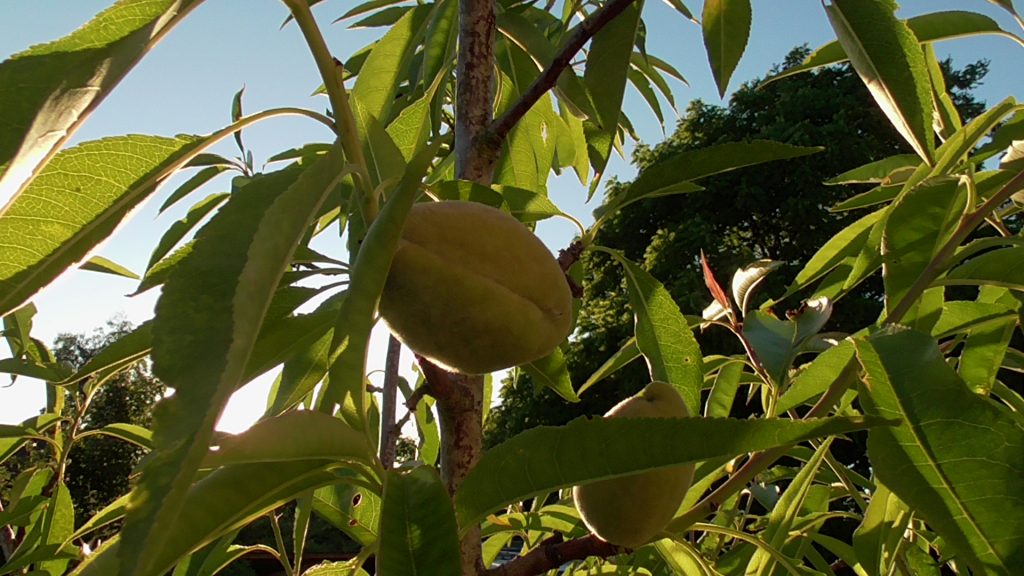
Peaches
There really is little genetic difference between peaches and almonds. Both provide beneficial early nectar to bees but these are also very effective ornamentals. Peaches are a worthwhile crop but will need a good amount of sun to crop well. If you have a very wet climate then peach leaf curl can become a problem.
Apples
Apple orchards are absolutely covered with flowers during the springtime. as with most fruit trees these provide a welcome kick start to bees early in the season. Apples are an extremely hardy fruit and rarely suffer many problems. The fruits can be eaten raw, cooked in deserts and made into cider or vinegar.
Buckwheat
Buckwheat is a small flowering plant which produces grain like seeds which are used in cooking. Buckwheat being a nitrogen fixing grain was extremely widespread before the industrial revolution. Although it is still popular in Eastern Europe this is a grain which can fix nitrogen hence create its own fertility. Bees absolutely love this crop!
Sumac
Sumac is a medium sized shrub which grows in a vertical manor very much like mahonia. It has lobed, leaves and a tropical or even Mediterranean look to it. Its flowering parts create a lemon tasting spice which is very popular in both the Mediterranean and the Middle East.
Catnip
Catnip is a delightful, perennial herb which is commonly recognised for its intoxicating effect on cats. This plant is a member of the mint family and forms thick clumps. The amount of bees this plant attracts is nothing short of remarkable; they absolutely love its purple flowers during the summer months.
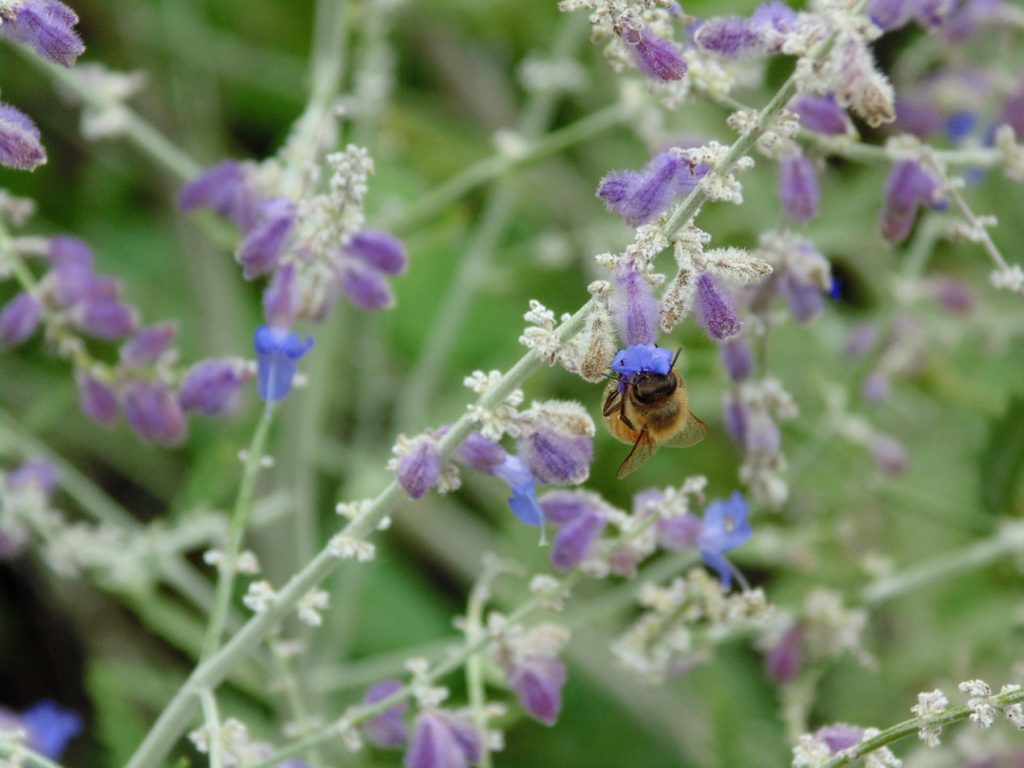
Sage
Sage is a culinary herb used in a wide range of cooking especially in things like stuffing. This small, low growing plant is also very decorative and comes in a wide variety of foliage shades. This makes it good as a ground cover plant with bees valuing its seasonal flowers.
Chestnut
Chestnuts are a much loved nut crop which originated from southern Europe. These can eventually grow into a very large tree but dwarf varieties are also available. These are a sustainable crop producing around 2 tonnes per acre when established. The trees do take around 10 years to start producing when established.
Hazelnuts
Hazelnuts are an extremely hardy, large shrub or small tree which has a delicious nut crop. There are varieties which have been specifically grown for commercial production such as the cobnut. These are longer and larger and were once common during the Victorian era in Europe. Cobnuts are making a comeback and it is important to recognise nut crops are more sustainable than grains which require annual ploughing.
Linden tree
Linden or the European Lime is a large tree native to the northern hemisphere. Its young leaves are edible and can be used for a base for salads. The flowers are famous in honey production for the sweet honey they produce. These can be coppiced on rotation for firewood and charcoal making while the flowers can also be used for herbal tea.
Blueberry
Blueberries are a luxury crop and very worthwhile to grow for their taste and antioxidant properties. These small shrubs can produce large amounts of tasty fruit which are expensive to buy. Their flowers are extremely popular with bees every growing season. They do prefer an acidic soil so may or may not be suitable for your site.
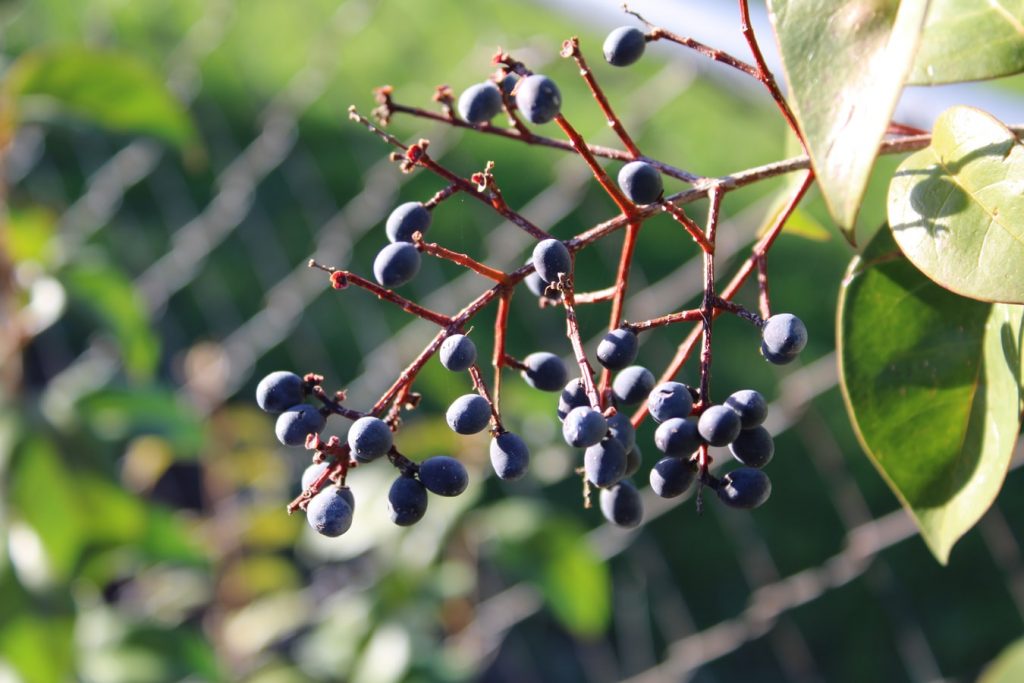
Raspberry
Raspberries are an extremely popular fruit and one which will not go out of fashion any time soon. These perennial canes have a spreading habit and can be very good croppers. Commercially there will always be a demand for these fruits and the bees love to feed on the flowers.
Broad beans
Broad beans also known as fava beans have been cultivated for around 6000 years. These crops are very useful as they can easily be overwintered ensuring an early season crop. These have also been used as a cover crop and are great, nitrogen fixers. The flowers are highly prized by bees and produce a large, sweet tasting bean.
Runner beans
There are very few who do not appreciate the runner bean as both a generous and tasty crop. During summertime its deep, red flowers make it just as beautiful as any ornamental flowering climber. If grown well and regularly picked these can produce very heavily. Bees can be seen enjoying the long season of flowering nectar which they provide.
Soybeans
These beans are one of the most cost effective sources of protein on earth. It is no wonder it is intensively farmed for agricultural feeds. Soy beans have gained a bad reputation for the destruction of habitats especially in South America. However this is due to the intense greed of human systems not Soya beans themselves. These beans are always in high demand and the bees very much appreciate the flowers.
Squash
Not typically thought of as a bee crop squash, both winter and summer varieties provide a rich food source for bees. With their large yellow flowers full of pollen bees gorge themselves on this bountiful crop. There is always a heavy demand for these commercially particularly; courgettes, Pumpkins and Butternut Squash.
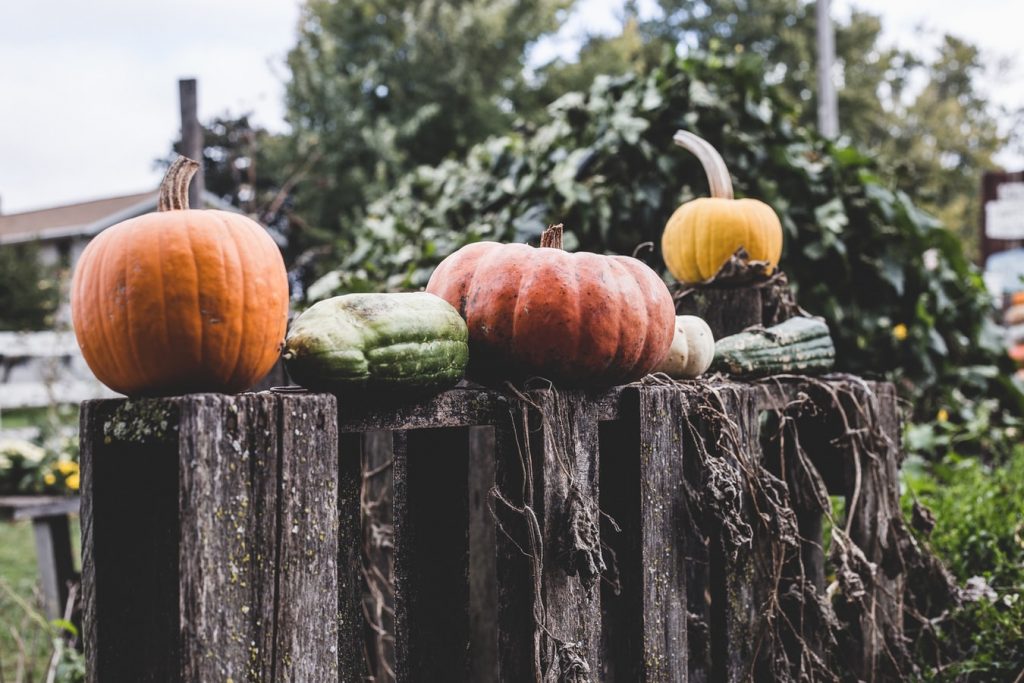
Chives
Chives are a well known member of the onion family which are harvested for their tightly packed, aromatic foliage. Very much like a very skinny spring onion these perennial herbs are great for flavouring sauces. The edible flowers are commonly used to decorate restaurant dishes and bees love them.
Saffron
Saffron is very well known as an expensive spice but not much is actually known about its growing habits. Saffron is a flowering bulb and very similar to ornamental garden crocus. The flowers are just as attractive if not more attractive than traditional varieties and is surprisingly hardy. It flowers in autumn and bees appreciate its autumn nectar before the onset of the winter season.
Comfrey
Comfrey is not always thought of as an agricultural crop but it used to be. Before the time of synthetic fertilisers comfrey was being investigated as a mass agricultural fertiliser. This is because it has extremely long roots which extract minerals from deep within the soil. Plants can be made into a tea as well as used as an effective organic, fertiliser. This perennial has a long flowering season and bees feed from the flowers continuously.
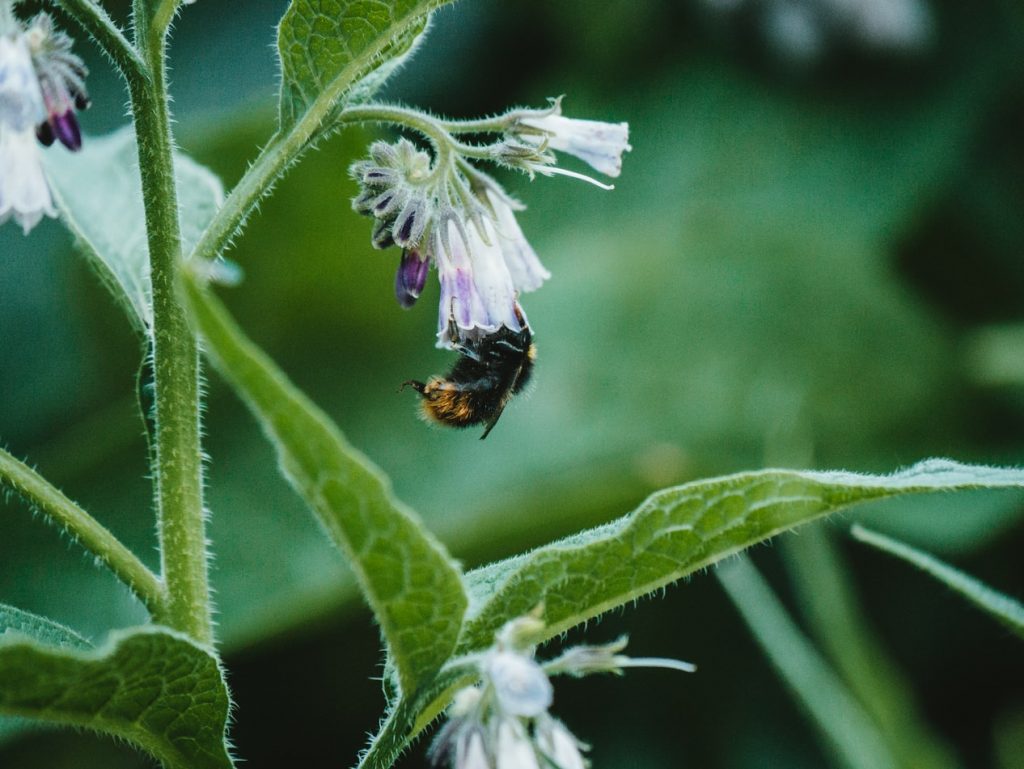
Borage
This annual herb is an extremely beneficial, annual plant to both bees and people. During the growing season the blue, star shaped flowers provide abundant food for bees. Once established these plants will self seed freely and are very resilient. The flowers and leaves are edible which are commercially grown for their seeds which are used to make Borage seed oil.
Redcurrants
Red currents are medium sized fruit bushes which are grown both in gardens and commercial farms. The berries can be used in the production of sauces, jellies and even fruit juices.
Blackcurrants
Black currents are pretty much the same thing as redcurrants although red currents are tarter than the black varieties. These also grow to the same size as redcurrant bushes and the bees enjoy foraging for the flowers
Gooseberry
Very well known for its use in gooseberry pie and jellies this fruit bush is versatile and delicious. It can be grown commercially and for domestic garden production. As a low growing shrub it is ideal for transitional zones between vegetables and larger fruit trees.
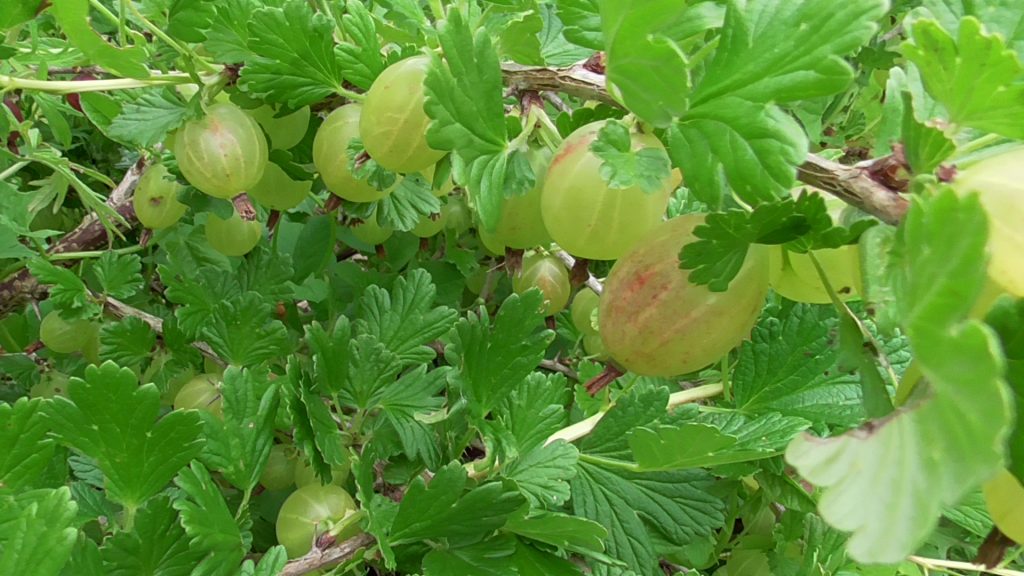
Pears
Like apples, pears are a great fruit to grow for pies, deserts, ciders and even wines. These fruit trees are popular for both homesteads and commercial production. The spring flowers are very welcome spring blossom for bees.
Cherries
Cherries are a true luxury crop which are very popular in deserts and particularly great for making jam. These small trees are commercially grown for numerous cherry, based products and also popular in gardens. Bees benefit greatly from their excellent spring blossom which is also very aesthetically pleasing.
Plums
Plums are a generally underrated in the commercial sector although they are available to buy in season. Plums are great for pickles, chutneys, jellies, sauces and also make very good wine. Plum trees are easy to train into different forms and also make a great, edible hedge. Bees enjoy their early summer blossom as a rich, food source.
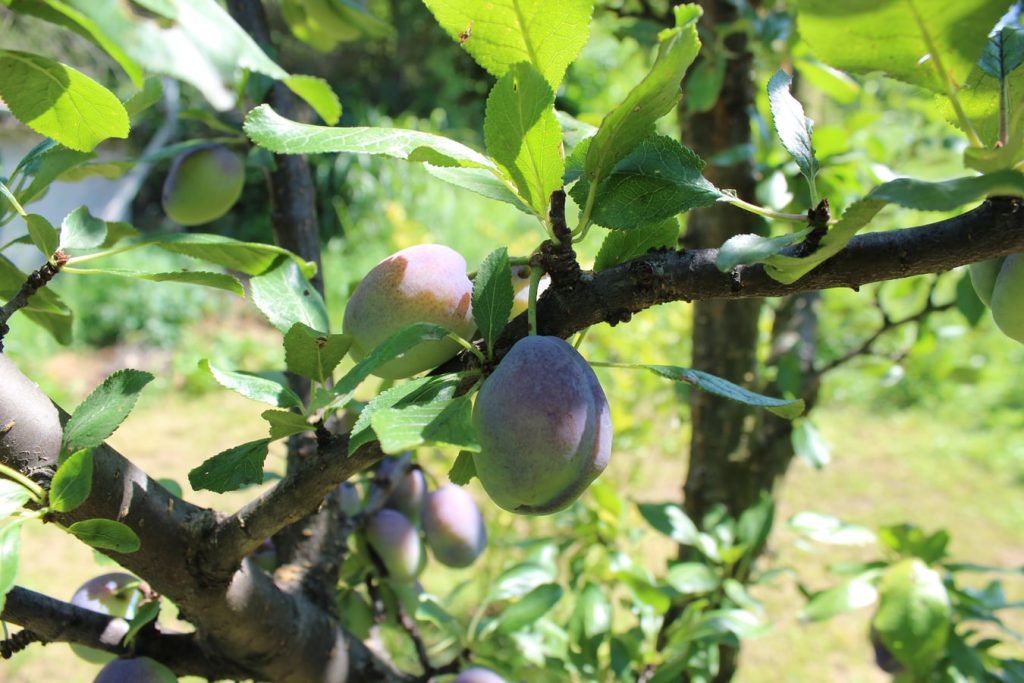
Elderberry
Elderberry bushes are native to Europe and can grow to be very large shrubs. Typically found growing in woodlands and hedgerows they are valued both for their fruits and flowers. Elderflowers are utilised for flavouring drinks and can be made into a fantastic sparkling wine. The berries are delicious but rather small and quite fiddly to harvest on a commercial level. Again the flowers of this shrub are great food source with quality nectar for honey bees.
Cardoons
Cardoons are very similar to globe artichokes but bred more for the thick leaf stems than flower buds. This means unlike Globes, Cardoons are left to flower and their flowers are an absolute magnet for bees.
Jerusalem artichoke
Jerusalem Artichokes are actually no relation to Globe artichokes and Cardoons but are related to sunflowers. Like sunflowers they do have tall stems with sunflower like flowers. These are actually grown for their large tubers which are great eaten both raw and in salads.
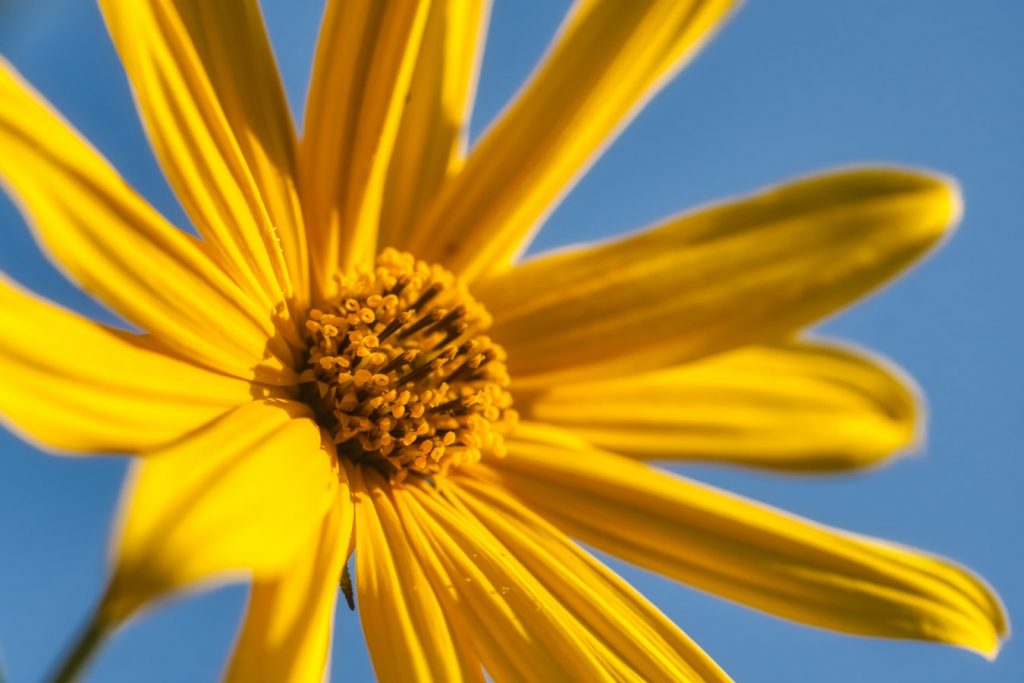
Rose Hips
Rosehips are well known of by most people but many do not really know what they are. Rosehips are the large berries left behind after rose flowers. This characteristic has been reduced by breeding over the generations but still very common with wild roses.
Old world roses like Rosa rugosa are typically grown for their hips. These can be utilised for making for a number of products including flavouring, jellies and wine making. The flowers are much loves by commercial honeybees in particular.
Thank you for reading our article on the best crops for honey production. If you would like more information on how to encourage bees to your homestead read this intensive article on the subject here.
Back to homepage

How Self Sufficiency and Homesteading can stop Climate Change

How much land do you need to be self sufficient?
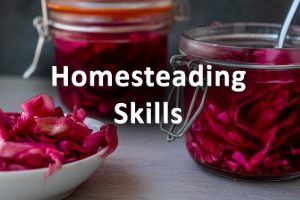
Homesteading skills, for Self Sufficiency
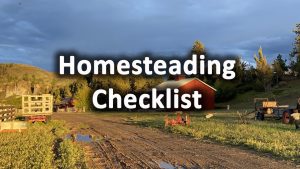
Homesteading Checklist for self sufficiency

A beginner’s guide to self sufficiency & its benefits
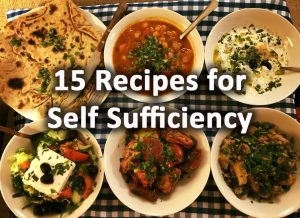
15 recipes for self sufficiency
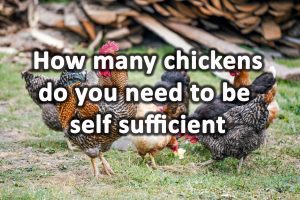
How many chickens do you need to be self sufficient?
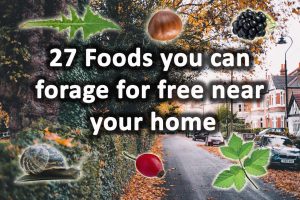
27 foods you can forage for free near your home
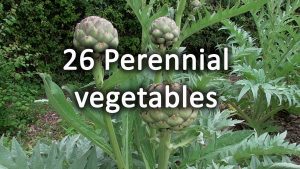
26 Perennial vegetables for the garden

Self sufficient homes

31 Homesteading projects

15 Ways to Store Food without Electricity

The best Climate for self sufficiency
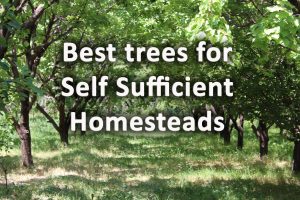
The most useful 22 Trees for a self sufficiency & homesteading
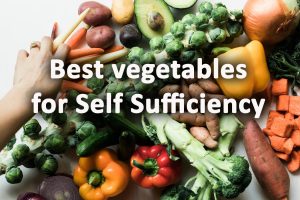
31 Vegetables for self sufficiency
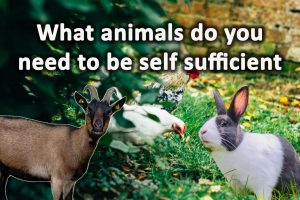
What animals do you need to be self sufficient?

How to stop Climate Change with Crops – Crops for climate change
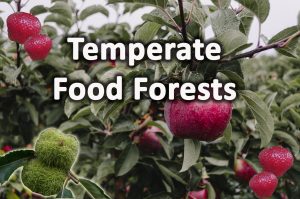
Temperate Food forests

32 Homesteading products for self sufficiency

10 Ways to Sustainably Heat Your Home

10 Ways self sufficient homesteading can be good for your health
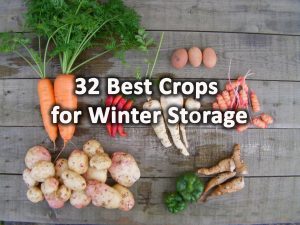
32 Best Crops for Winter Storage
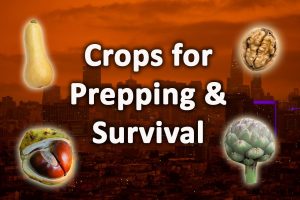
34 crops for prepping and survival
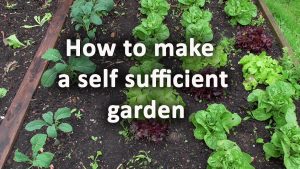
How to make a self sufficient garden
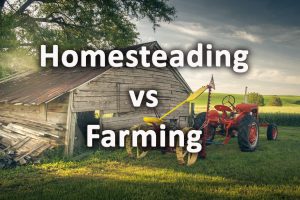
Homesteading verses farming what’s the difference?
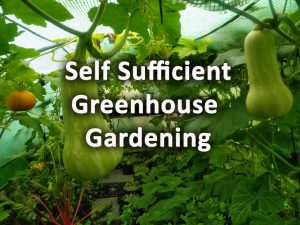
Self sufficient greenhouse gardening
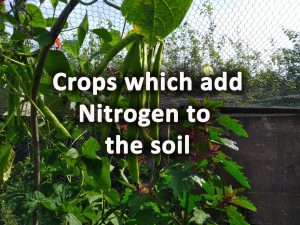
12 Crops which add nitrogen to the soil
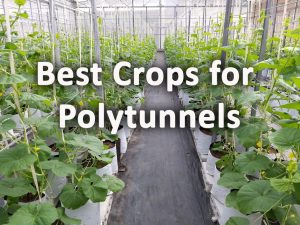
32 of the best crops for Polytunnels
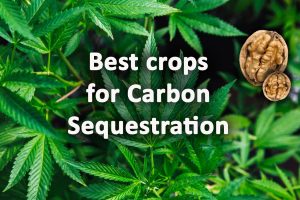
12 Best Crops for Carbon Sequestration
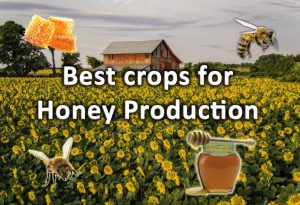
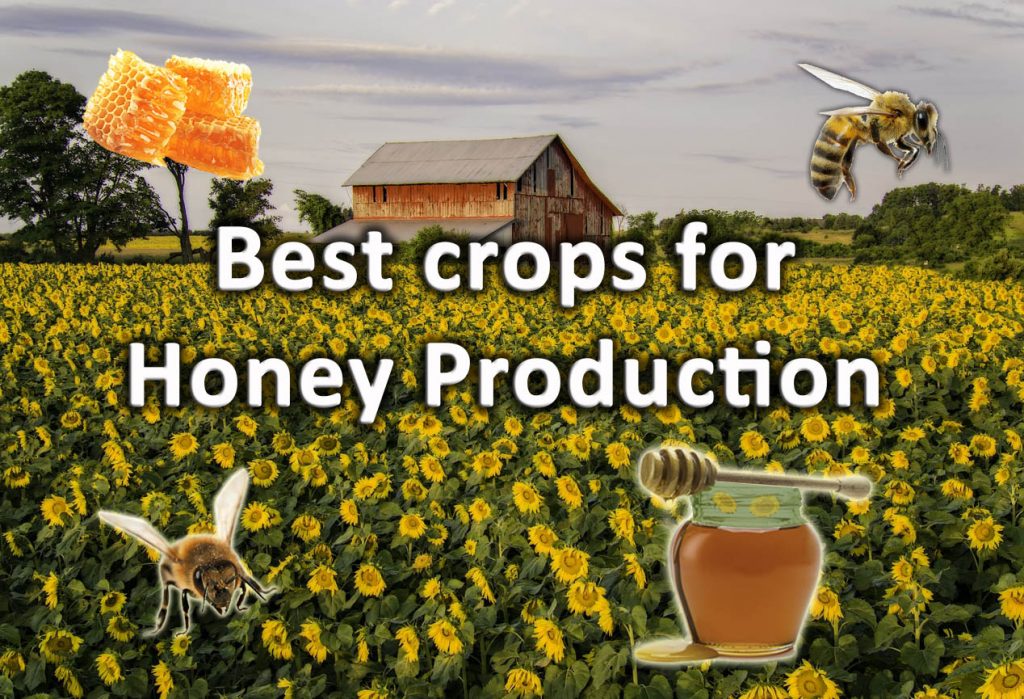
Hi, this is a comment.
To get started with moderating, editing, and deleting comments, please visit the Comments screen in the dashboard.
Commenter avatars come from Gravatar.